One of the things I try and do is introduce you to people who have had very interesting lives. Hopefully, the majority of them have led good lives but unfortunately, there are some who have not. Not too long ago, you were introduced to the “Auschwitz Tattooist” (read The Auschwitz Tattooist here) as well as a Belgium woman who sacrificed her life to save Jewish children (read Something Must Be Done here). Today, you’ll meet a very courageous young man who at the age of eighteen became the French Resistance’s most skilled forger and in the process, saved the lives of 14,000 Jews including countless children. He estimated that thirty forged documents could be produced in one hour. So, Adolfo Kaminsky didn’t sleep much because, “If I sleep, thirty people die.”
July Historical Events
This is a new feature for our bi-weekly blogs. I’ll pick out some interesting events that took place in the historical month of our blog. Don’t worry, we’ll continue with the “Did You Know?” call-outs as many of you have commented so positively about it. So, here goes ⏤ let me know if I should continue this!
| 6 July 1189 | Richard the Lionheart comes to the English throne after his father, King Henry II, dies. As the English king, Richard spent less than six months in Britain (so much for the Robin Hood story). |
| 7 July 1456 | Joan of Arc is posthumously acquitted of her crimes. This really didn’t help Joan as she was burned at the stake on 30 May 1431, but at least her reputation was saved (which likely paved the way for sainthood). |
| 28 July 1540 | King Henry VIII married his fifth wife, Catherine Howard. There were immediate marital problems and several days after appearing as a couple on the Jerry Springer show, Catherine was dispatched to meet the executioner. |
| 14 July 1789 | Mobs storm the Bastille. How could I have left this one out? |
| 16 July 1945 | The first atomic bomb is detonated in the New Mexico desert. I wish I could have left his one out. |
| 17 July 1955 | Disneyland opens in Anaheim, California. Okay, why would I include this here? Simply, nostalgia. Sandy worked here in the mid-1970s (Bear Country) and we took our kids to the park many times during the thirty-four years we lived in Southern California. Spoiler Alert for a lot of you: all the original rides are gone (trust me, “Mr. Toad’s Wild Ride” really wasn’t). |
Let’s Meet Adolfo Kaminsky
Adolfo Kaminsky (born 1925) was a member of a Russian Jewish family who fled Russia, moved to Paris, but were kicked out of France and settled in Argentina where Adolfo was born. His father was a tailor and in 1932, moved the family back to Paris after the French government allowed them to return albeit under their Argentina passports. After a year, they moved to the Normandy area where young Adolfo began working for a dry-cleaning business and developed an interest in chemistry and specifically, dyes. Adolfo would soon build a lab where he could experiment and teach himself the basics of chemistry.
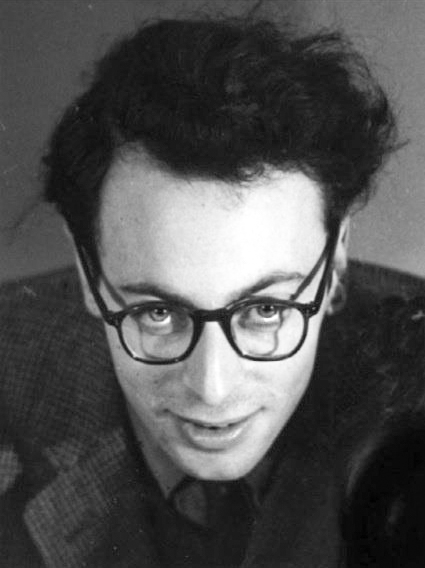
The Occupation
Shortly after the Germans occupied France in June 1940, the Kaminsky family was kicked out of their house in Normandy by the Nazis. Within a year, his mother was murdered by the Nazis and during the summer of 1943, the rest of the family was arrested and sent to Drancy, the infamous detention camp outside Paris, where Jews were loaded into cattle cars for the one-way trip to Auschwitz. Because the Kaminsky family held Argentine passports, they were released on 22 December 1943 after three months imprisonment because of the protests by Argentina, a neutral country.
Unfortunately, the Kaminsky’s weren’t out of danger and they knew it. Soon afterwards, the Nazis began deporting Argentinian citizens. Adolfo’s father decided to obtain false documents from his contacts in the Jewish resistance network La Sixième, or “The Sixth” and once the papers were ready, he sent Adolfo to get them. The résistants told Adolfo about the trouble they were having in getting rid of a blue ink on original documents. Adolfo told them to use lactic acid, a trick he had learned while working in a dairy. They couldn’t believe this eighteen-year-old knew how to solve one of their most difficult problems and they immediately asked him to join their resistance cell which specialized in forging documents and rescuing French Jews.
French Resistance Activities
Adolfo and three friends set up shop on the top floor at 17, rue des Saints-Pères in Paris (6e). They posed as artists and painters so that the chemical smells could be passed off as paint odors. Their real work was to forge identity documents for Jews and others who were being hunted by the Nazis. Adolfo learned certain printing methods using photographic plates and soon set up a laboratory. It didn’t take long for Adolfo and his friends to become the principal producer of fake documents for the French Resistance in the Occupied Zone. In addition to forgery, Adolfo would often receive tips on who was about to get deported and then warn the Jewish families to disappear but not before issuing them fake identity documents. La Sixième focused on children who were about to be sent to Drancy and they would either hide or smuggle the children into a neutral country (i.e., Switzerland or Spain). If there was a “rush order,” regardless of size, Adolfo would stay up until the job was done. He believed if he slept, people would die.
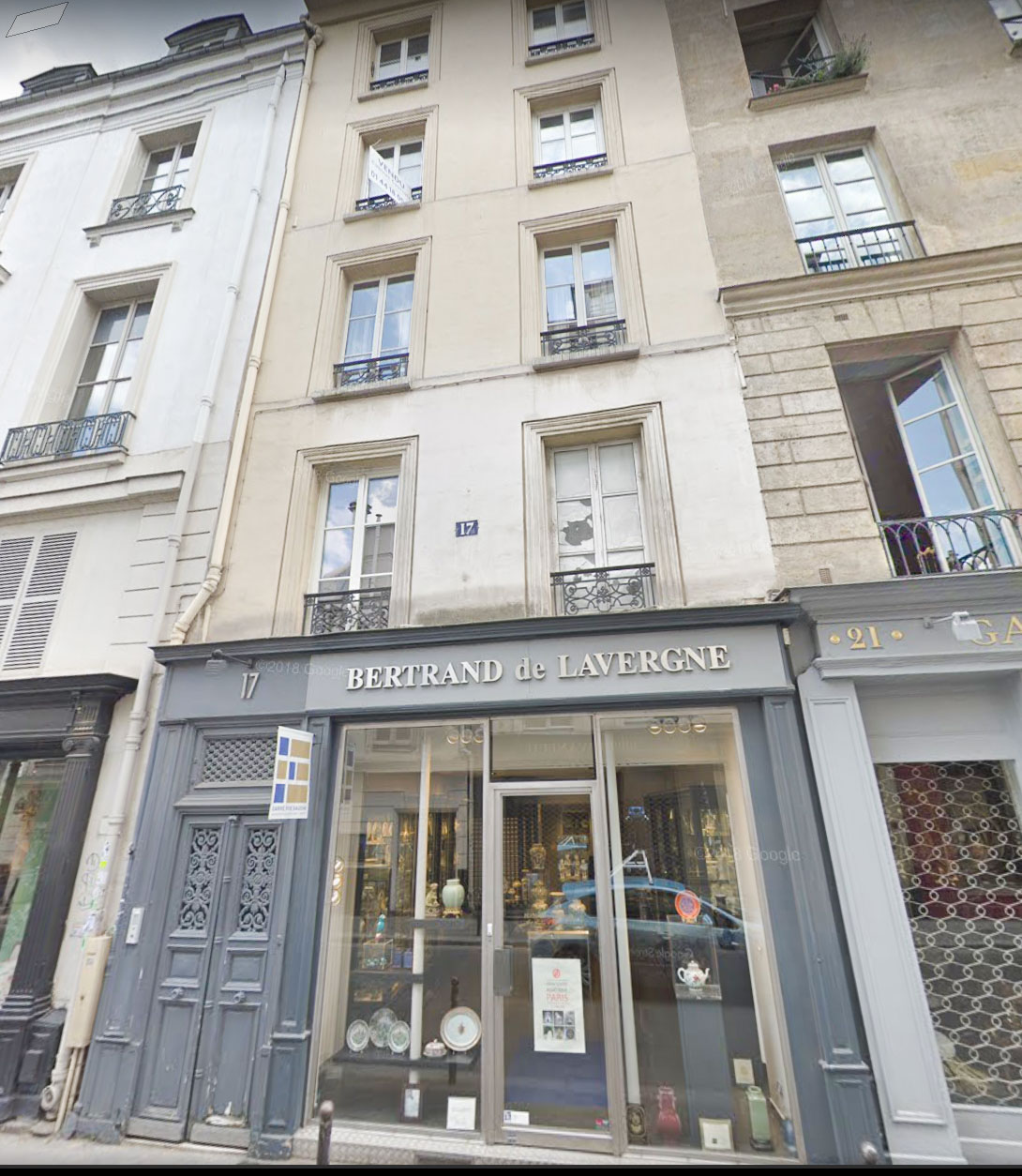
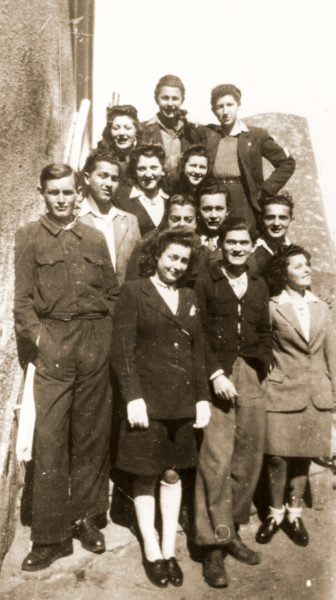
His forgeries included creating perforations using a sewing machine (he still has it), forging signatures, and reproducing watermarks. Adolfo’s forged documents were always perfect. They had to be, or someone died. The four of them produced five hundred documents per week on average. Throughout his career, Adolfo never took money because it was all about the cause he believed in.
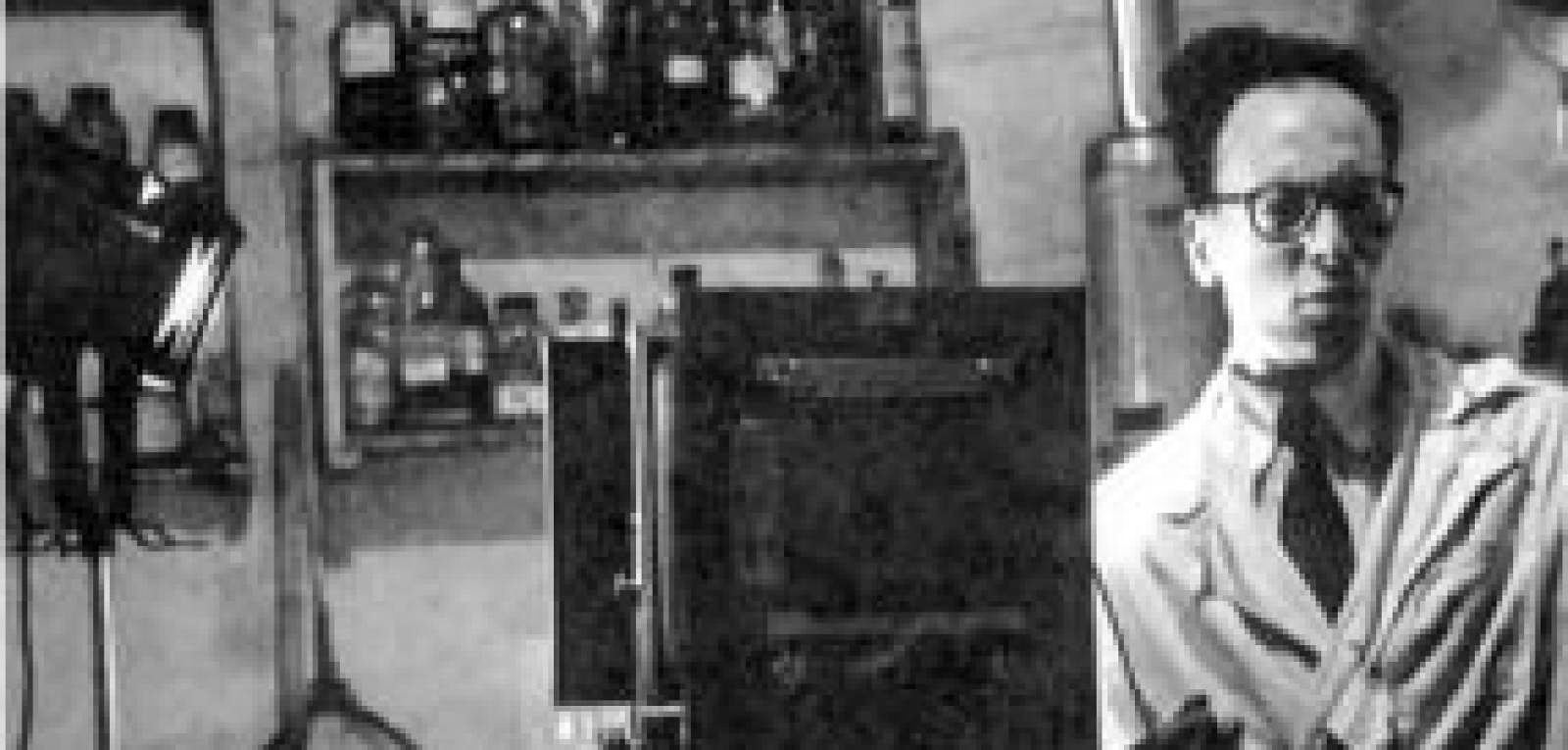
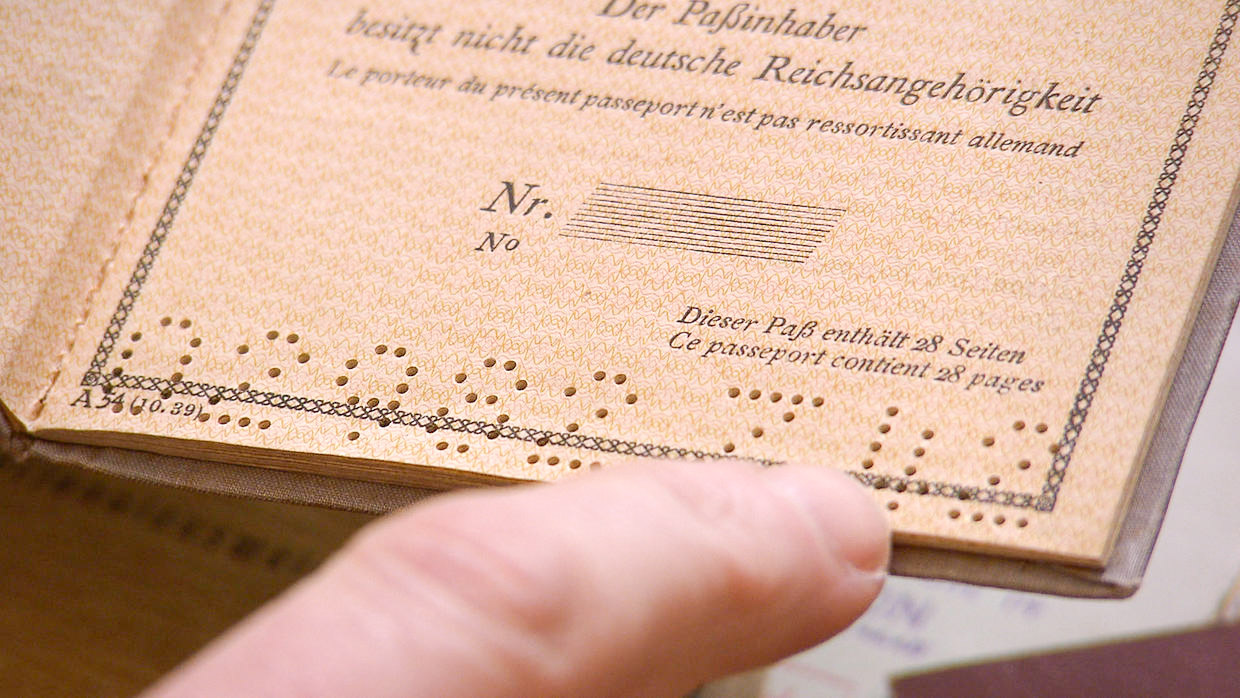
After liberation in August 1944, Adolfo joined the French army and before the war ended in May 1945, Adolfo was working for the French military intelligence services. He provided fake documents for French spies working behind enemy lines. Watch the New York Times documentary on Adolfo Kaminsky here.
Post-War Activities
Adolfo’s forgery career didn’t end with the liberation of France or the end of World War II. He continued to forge documents for the next thirty years. Adolfo had a strong aversion to people being oppressed and not having their freedom. He felt false papers gave them freedom so, he continued his forgery career by going underground and becoming involved in the Algerian war of independence, the anti-apartheid struggle in South Africa, and even producing fake documents for American draft dodgers during the Vietnam War. Known as the “Technician,” he became active with the para-military Zionist organizations Haganah and Lehi.

By 1971, Adolfo retired from his forgery and underground activities. He knew the police and governments were looking for him. Adolfo believed too many groups knew who he was and the risk of being caught and imprisoned was too high. Watch a documentary on Adolfo Kamisky’s underground activities here.
He began to teach photography to earn a living. Like many World War II participants, Adolfo never talked about his war-time activities. He felt guilty having survived when so many didn’t. It was only in his later life that he began to open up about his experiences and the horrors of the Nazi occupation. One of his daughters, Sarah, wrote a book on her father’s exploits (see below) and today, she and Adolfo regularly go from high school to high school in France for the purpose of sharing his story.
It’s all about “Never Forget.”
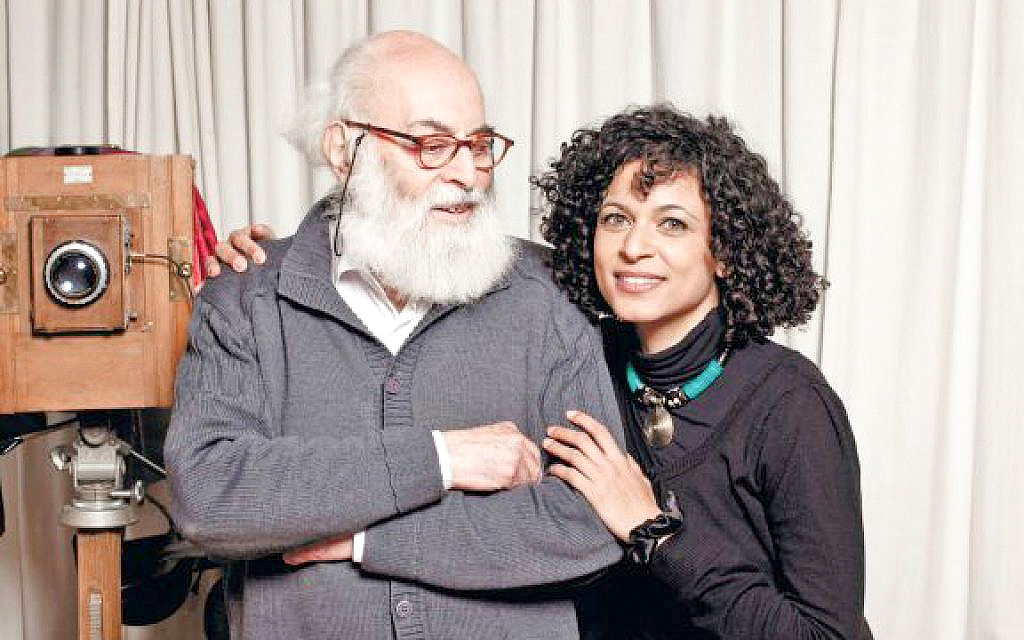
Watch Sara Kaminsky give a presentation on her father here.
Recommended Reading and Viewing
Falck, Jacques (producer). Forging Identity. Icarus Films, released 2000.
Kaminsky, Sarah. Translated by Mike Mitchell. Adolfo Kaminsky: A Forger’s Life. Los Angeles: DoppleHouse Press, 2016.
What’s New With Sandy and Stew?
We are in the doldrums of summer here in southwest Florida. The snowbirds have gone home, the kids are out of school, and the fish are biting. I tell people that our little slice of heaven is about as close to island time as you can get without being on the island. However, just because everyone else is moving at a snail’s pace doesn’t mean Stew and Sandy are.
Our three priorities are: (a) finishing the first book of Where Did They Put the Gestapo Headquarters? (b) writing our bi-weekly blogs, and (c) doing presentations for the Renaissance Academy, city libraries, and historical societies. As you can imagine, the demographics here are on the senior end of the spectrum and they have a special interest in listening to presentations on World War II. Our Home page has the upcoming presentations in the “What’s Stew Up To?” section.
Someone Is Commenting On Our Blogs
Michelle R. wrote us with a question regarding our blog, Noah’s Ark (read it here). She wanted to know what happened to Marie-Madeline Fourcade’s son. The boy was born in June 1943 and the father was Marie-Madeline’s lover, Léon Faye. Léon or “Eagle” was second-in-command of the Alliance réseau (resistance network) which Marie-Madeline headed. Léon was betrayed and arrested by the Gestapo. He was ultimately executed and became one of more than eight hundred Alliance résistants either murdered by the Nazis or who died in captivity.
After the war, Marie-Madeline Méric married her second husband, Hubert Fourcade and they had three children: Florence, Jacques, and Pénélope. Her first marriage produced two children: Christian and Béatrice. Despite writing her memoirs, Marie-Madeline was very secretive about her personal life and in particular, her children. Christian and Béatrice were smuggled into Switzerland where they remained safe (their mother was being hunted by the Gestapo and subsequently fled to London). The son she had by Léon Faye was given to Marie-Madeline’s assistant, Monique Bontinck, and taken to a safe house in the south of France.
Subsequent to the publication of our blog, a well written book about Marie-Madeline was published. I can highly recommend Madame Fourcade’s Secret War by Lynne Olson (New York: Random House, 2019). I contacted Ms. Olson and she responded by saying that Marie-Madeline’s son survived the war and was reunited with his mother after the liberation. He was subsequently adopted by M. Fourcade and raised with the other children.
If there is a topic you’d like to see a blog written about, please don’t hesitate to contact me. I love hearing from you so keep those comments coming.
Why Would You Want To Buy Our “Walks Through History” Books?
Simple.
You like to travel and experience history and historical events. You like to see original buildings that had a significant impact on the people and events of the history you’re engaged with. You want to know the stories behind the brick and mortar in front of you.
The walking tour books are meticulously researched so you can go directly to those sites and learn about the building’s history as well as an introduction to some of the more interesting people associated with it.
We Need Your Help
Please tell your friends about our blog site and encourage them to visit and subscribe. Sandy and I are trying to increase our audience and we need your help through your friends and social media followers.
Thank You
Sandy and I appreciate you visiting with us. We have some exciting things on the horizon and we’ll keep you updated as we go along.
Share This:
Follow Stew:
Find Stew’s books on Amazon and iBooks.
Please note that we do not and will not take compensation from individuals or companies mentioned or promoted in the blogs.  Walks Through History
Walks Through History
Copyright ©2019 Stew Ross

